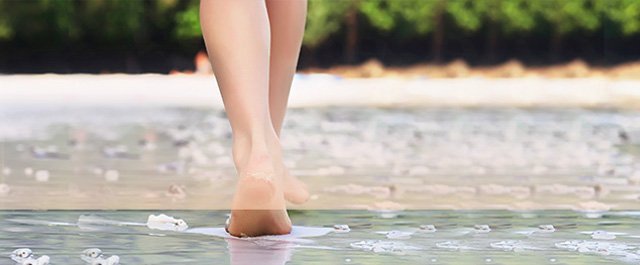Ingrown Toe Nail
Ingrown toenail is a very common and painful condition of the toe. It occurs when the sides or corner of the nail grow inwards and penetrates into the skin of the toe. Pain is often accompanied by swelling and redness. The condition is known as onychocryptosis or unguis incarnatus. It is often seen in adults rather than children and is more common in men than women.
The conservative measures to treat a mild ingrown toenail include soaking the foot regularly in warm water, antibiotics to treat infection, pain relievers, and wearing open-toed shoes or sandals.
Untreated onychocryptosis may lead to an infection or even an abscess that necessitates surgical treatment. Matricectomy is a technique of removal of all or part of the base nail portion (nail matrix) using chemical, electrical, or surgical method. Matricectomy is of two types–complete and lateral matricectomy.
Complete matricectomy is a technique where the entire nail matrix is removed and it results in permanent nail loss. Lateral matricectomy is surgical removal of a portion of the nail bed. This procedure is considered as a choice for treatment of chronic or recurrent ingrown toe nails.
Ingrown toenail surgery is the best option to prevent the condition from recurring. The surgery should be considered when other local treatments have failed. The infection or abscess is drained from the end of the toe and extra tissue grown around the nail is removed. Because ingrown toenails can cause open wounds and could develop tetanus, a tetanus immunization may be given. The ingrown toe nail is cut along the edge and is pulled out. A small electrical charge or a liquid solution is applied to the exposed part of the nail bed to prevent the regrowth of the toe nail again into the skin. This procedure is called nail ablation.
The surgery may cause permanent nail deformity or may give a poor cosmetic appearance.
Instructions after surgery may include:
- Feet should be soaked in warm water per your doctor’s instructions
- Antibiotic ointment should be applied
- Loosely fitting shoes should be worn for the first 2 weeks
- The wound should be kept clean and dry
- Pain medications should be taken as directed by your doctor

 Menu
Menu



